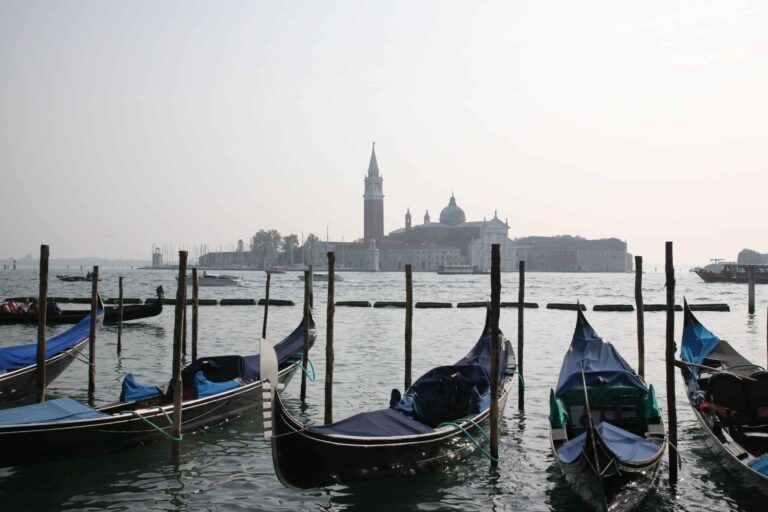Cities at risk of going underwater within a few decades due to rising sea levels are unfortunately numerous. And also of concern is the fact that very large and densely populated metropolises are among them.
If action is not taken quickly to stem the effects of climate change, the coming years could see sea and ocean levels rise. To such an extent that tens of millions of people who now live only a few inches above sea level could be endangered.
Probably the first macroscopic damage will be visible as early as the middle of this century. But if the trend remains this one – moreover, with a steady acceleration of the average annual rise in water levels – by 2100 the threatened territories will be vast. And entire areas of our planet will be submerged.
Table of Contents
Rising sea levels, what is happening
As you can easily guess, the rising waters of the seas and oceans globally is a direct consequence of pollution and global warming. There are two main factors. Namely the thermal expansion of sea water and the melting of continental glaciers.
The former is a physical process, because increasing fluid temperatures result in the occupation of a larger volume. And in recent years, the surface layers of the seas and oceans have experienced major temperature increases.
The other element of concern is the melting of glaciers and particularly those in Canada, Greenland, Antarctica, and perennial mountain glaciers. With the consequent input of huge amounts of liquid water that are going to progressively raise the elevation reached.
By how much will the water level rise
From the beginning of the last century to the present, on a global average, waters have risen by 21 centimeters. The growth has not been uniform over this period , but more than a third of the growth has occurred in the last 30 years. So it is clear that not only are water levels rising inexorably. But they are also doing so at an increasing rate.
Should everything continue with the current trend, without any action to reduce global warming, the waters will continue to rise higher and higher. Each year the situation will be slightly worse, with specific regions at risk of ending up submerged. Thus, causing many people to be displaced.
Even by the most optimistic estimates, there will be an additional rise of between 26 and 54 centimeters by the end of the century. While the worst predictions point to the possibility of a rise of more than 70, or even 80, centimeters.
Rising sea levels, flooded cities by the end of the century
To fully understand the gravity of the situation, one need only consider that 250 million people live at an elevation of less than a meter above sea level.
Above all, there will be significant seasonal fluctuations. With the consequence that some cities at least once a year may end up partially under water. We are not talking about who knows what remote prospects, because all this could already occur within the next 30 to 40 years.
But, expanding the time horizon to 2100, the critical issues could potentially be many more. With entire cities set to disappear.
Asia
The worst scenario is likely to be in Asia. There, 70 percent of urban settlements deemed most at risk are located. Some huge cities such as Mumbai (population 18 million), Dhaka, Calcutta, and Hoh-Chi-Minh (or Saigon, as it is better known) could end up below the level of the Indian Ocean.
Among the most threatened countries, besides China, is Thailand. There, about 10 percent of citizens live in areas considered at risk. In particular, even the political and commercial capital Bangkok is in a geographical location considered very delicate and fragile.
America
On the American continent, too, the consequences could be severe. The cities of New York and New Orleans are considered at risk, at least in some of their neighborhoods.
In the southern part of the continent of concern are the cities of Rio de Janeiro in Brazil and Buenos Aires in Argentina.
Europe
In Europe, at high risk are cities and regions in the Netherlands. Also in Italy, the areas most at risk are those of the Po Valley, as well as many coastal cities starting with Venice.
In short, to date the rise in water levels creates more than a few headaches, but the damage will begin to be seen in a few decades. By that time, however, it will be too late to avert the worst. This is why, as experts confirm, it is important to act now to reverse the trend and keep sea levels below the risk level, to avoid the disappearance of entire cities and prevent the displacement of millions of people.
Read also: Scientists propose a plan to refreeze the North and South Poles to fight climate change












